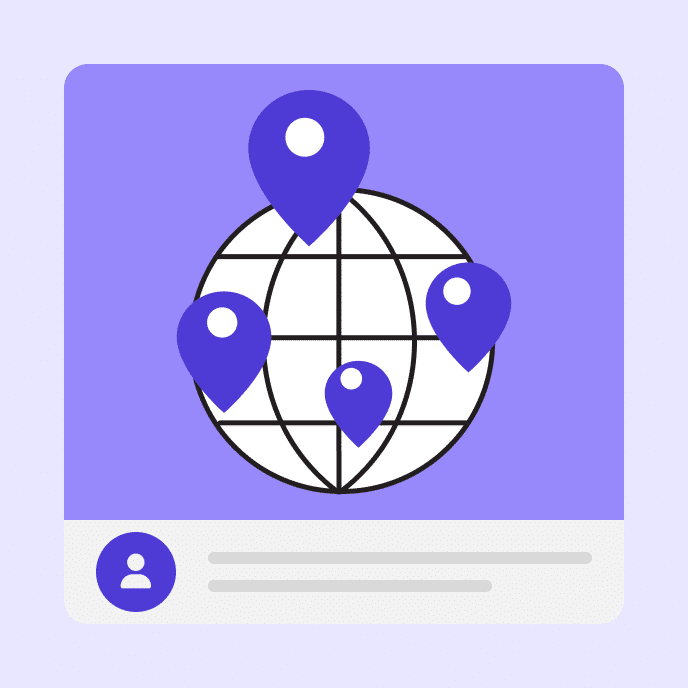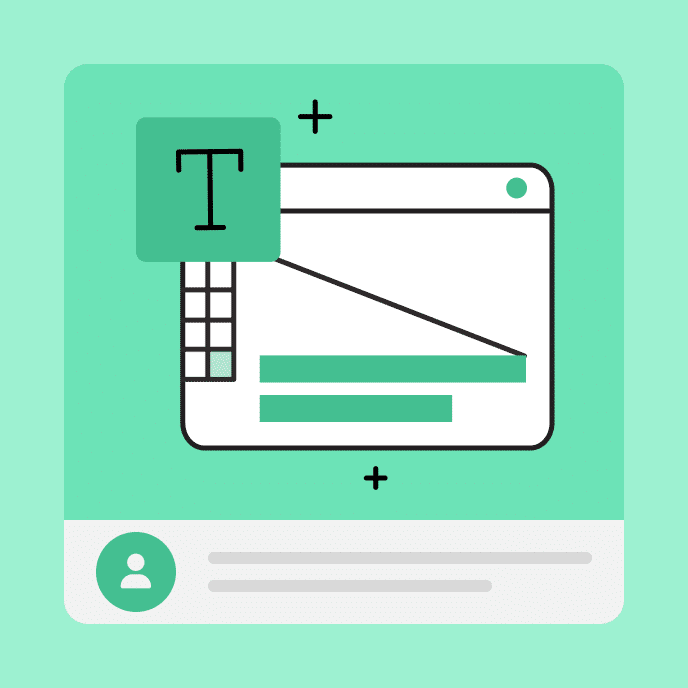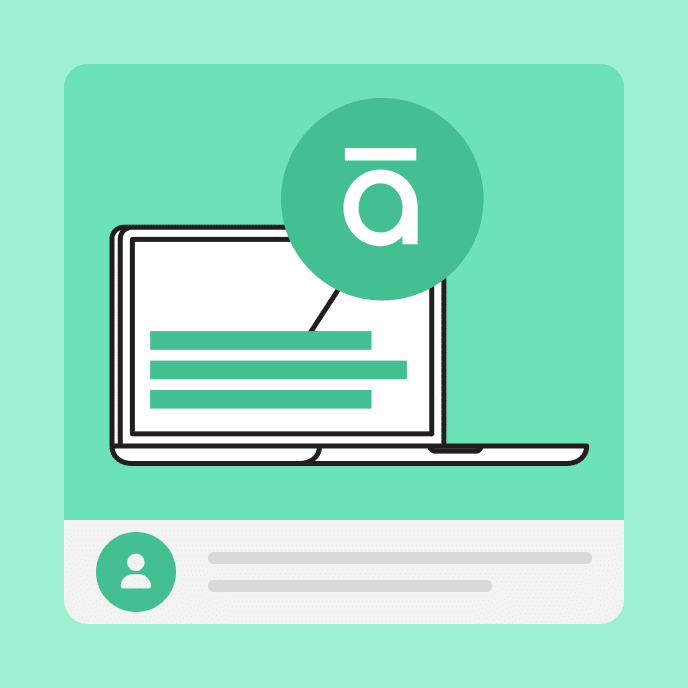Cut Through the Chaos: How to Update Your Call Center Team
Scrambling to communicate updates? Learn how to keep your call center team aligned, agile, and ready. No more chaos—just confident, consistent support.

When urgent updates derail your call center
It’s Tuesday morning, and Jill gets a notification on her team’s chat channel. There’s been a last-minute pricing update, going live immediately. She scrambles to put together a PDF, fire off an all-staff message, and hope for the best.
In call centers, urgent changes like these are par for the course. There are always new policies, product updates, promotions, and evolving compliance requirements. But communicating those to your agents fast, without overwhelming them and sacrificing accuracy? That’s where things tend to fall apart. And traditional training methods like lengthy PDFs and email blasts can’t keep up with the speed and scale of modern contact centers.
Delays, missed updates, and misinformation add risk to both your bottom line and customer trust. If your call center agents don’t have the right knowledge at the right time, excellent customer service becomes impossible to deliver.
In this blog post, we’ll explore why traditional training methods fall short, how call center microlearning can help your team stay aligned in just a few minutes, and how better training leads to fewer errors, smoother operations, and more satisfied customers.
Key Takeaways
- Speed without chaos is possible. When updates are urgent, streamlined training can deliver clarity fast, without overwhelming agents or leaders.
- Agility builds confidence. Equipping call center agents with just-in-time knowledge fosters stronger customer experiences and fewer costly missteps.
- Training is a growth tool. Smarter, scalable training doesn’t just fix problems—it positions your team to lead during change, not lag behind it.
Why traditional training methods don’t cut it in contact centers
Poor Jill. After she sends out her email blast, her inbox starts filling up with replies: “Do we need to mention this on every call?” “Where is the updated script to work from?” And the agents who didn’t send frantic questions offered a halfhearted thumbs-up emoji or no acknowledgement at all.
Meanwhile, the chaos has already trickled down to John, the customer service lead. Some agents didn’t see it, others misunderstood it, and now customers are getting conflicting information. One call results in an escalation, and another gets flagged for noncompliance. The worst part? All of it could have been avoided.
This is the cost of relying on outdated methods like emails, PDFs, or lengthy meetings for call center agent training. They’re simply not built for the speed and complexity of modern call center operations.
Here’s why traditional methods don’t work:
- No guarantee of comprehension. You can send the info, but you can’t ensure it was read or understood.
- No visibility or tracking. There’s no way to see who’s up to date and who’s not.
- No just-in-time access. PDFs and email threads are too clunky to be helpful in the middle of a live customer interaction.
- No room for reinforcement. Once it’s sent, it’s out of sight and out of mind.
Without the right training tools, what started as a simple update can spiral into a vortex of confusion, errors, and a major dip in customer satisfaction.
Fast, focused, and on-point: The power of microlearning
After her recent debacle, Jill decides to try something different: a quick two-minute video walking agents through the update, followed by a three-question quiz at the end to check understanding. The results speak for themselves. Completion rates hit 90 percent within a couple of hours, there’s no flood of frantic emails, and no escalations.
That’s the power of microlearning. Short, targeted training that fits into the flow of work delivers major results without slowing agents down.

Here are some other benefits of microlearning:
Microlearning meets agents where they are
The last thing agents need is another all-day training session. Instead, they need quick, actionable training that they can complete between calls or during downtime. Microlearning is the perfect option for this rhythm.
Shorter content equals faster understanding
Whether it’s short videos, bite-sized scenarios, or single-question quizzes, agents can absorb the necessary information without cognitive overload. No need to skim endless PDF documents or zone out during an hour-long webinar.
Instant delivery, instant alignment
Microlearning lets you roll out call center training in hours instead of days or weeks. Whether it’s a project update, a new pricing tier, or a policy shift, every agent gets the same message, the same way, at the same time.
Built-in accountability
Combined with the right learning management system (LMS), microlearning lets you track who completed training when and how they scored. This eliminates the chaos that often ensues after traditional training, and it lets training leaders like Jill confirm her team’s readiness before updates go live.
Real-time reinforcement
When microlearning lives inside your learning management system, it’s easy to revisit when agents need it most. This makes it a powerful tool not just for rollout but for reinforcement, as well. When agents have questions, the answers are just a click away.
If you’re ready to stop being reactive and start being proactive, microlearning is the solution. For call center agents on the frontline, it can mean the difference between a successful call and a costly mistake.
From firefighting to forward-thinking: The ROI of smarter training
Last-minute updates used to throw Jill and John into reaction mode. But with a modern training strategy, they’re not left scrambling. Instead, they’re building trust and reducing mistakes.
Here are a few more ways updated training pays dividends:
More time for strategy, less time fixing mistakes
Before, Jill was getting swamped after every update, whether it was responding to emails, answering DMs from agents, or fielding complaints from QA. Now that agents can train quickly and independently through an LMS, she’s free to focus on planning better rollouts instead of cleaning up after haphazard ones.
Better alignment across teams and stakeholders
With consistent and measurable training, everyone benefits. Marketing, legal, and compliance can all rest easy knowing updates are delivered effectively, and John can report to leadership that his call center team is ready to meet the challenges head-on.
Training that scales with business needs
As product offerings expand and new markets open, training needs start compounding fast. Static training can’t keep up. It takes agile training to help Jill’s team launch updates globally without having to start from scratch each time. It makes growth smoother and reduces the stress that comes with it.
Data that tells a clear story
With greater visibility into the metrics that matter, such as completion rates, quiz results, and performance trends, Jill and John finally have the data that connects training to real business outcomes. This lets them identify knowledge gaps, prove ROI to leadership, and predict training needs based on past behavior.
Confidence that spreads to the customer experience
Most importantly, this all works in the customer’s favor. When agents are confident, knowledgeable, and up to date, they deliver faster, friendlier, and more useful support. And when that experience translates across teams, channels, and regions, you’re more likely to meet customer expectations at the highest level.
Empower your team to elevate every interaction
Call centers move fast, and change is constant. But confusion and chaos don’t have to be part of the equation. When training keeps pace with operations, agents remain sharp, customers feel supported, and leaders like Jill and John stay ahead of the chaos. With microlearning and other agile tools, you’ll go beyond just sharing information with team members. You’ll build alignment, accountability, and trust. That way, every update becomes an opportunity to strengthen your team instead of a scramble to keep up.
Want more ideas for building a stronger, more agile support team? Check out our post, How to Solve Customer Service Challenges With E-Learning, to explore practical strategies that boost performance, reduce ramp time, and keep your agents engaged.
You may also like

6 Lessons in Localization: How Leaders Tackle Global Learning
Discover the lessons learned from global localization leaders and the unique, culturally relevant solutions to streamline workflow and empower global learners.

